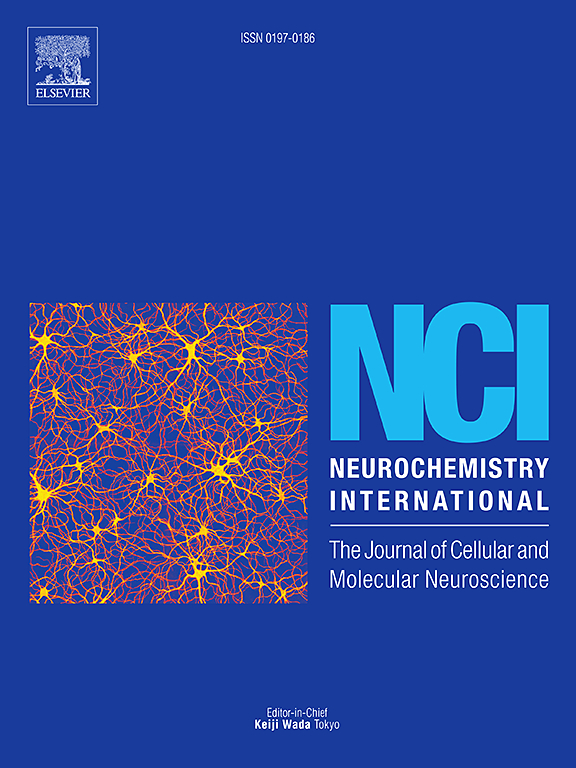Crossing the Borders: the amino acid transporter LAT1 (SLC7A5) in the Blood-Brain Barrier
IF 4
3区 医学
Q2 BIOCHEMISTRY & MOLECULAR BIOLOGY
引用次数: 0
Abstract
The blood-brain barrier is an anatomical structure responsible for controlling the flux of nutrients, metabolites, and xenobiotics into and out of the brain. This fundamental function is carried out through the coordinated action of specific ion channels and membrane transporters belonging to the SLC and ABC superfamilies. Indeed, membrane transporter expression in the BBB is less redundant than in other parts of the body. Therefore, any alteration to one of these proteins may pose a threat to the brain. The fifth member of the SLC7 family, which is expressed at the BBB has been the subject of much research over the years. SLC7A5, also known as LAT1, is a plasma membrane transporter of essential amino acids, whose role in brain development is well recognised. The protein is expressed in the membranes of BBB vessels, neurons, and microglia, creating a connection between different areas of the human brain. LAT1 received significant attention in the context of brain tumor treatment, particularly for glioblastoma multiforme, a malignancy with a poor prognosis characterised by fatal relapses. Since several drugs are also substrates of LAT1, its expression at the BBB could be exploited to deliver drugs that target brain diseases. This review describes the functional, structural, and regulatory features of LAT1, focusing on pharmacology in the context of brain homeostasis.
跨越边界:血脑屏障中的氨基酸转运体LAT1 (SLC7A5)。
血脑屏障是一种解剖学结构,负责控制营养物质、代谢物和异种生物进出大脑的流动。这一基本功能是通过属于SLC和ABC超家族的特定离子通道和膜转运体的协调作用来实现的。的确,血脑屏障中的膜转运蛋白表达比身体其他部位的表达少得多。因此,这些蛋白质的任何改变都可能对大脑构成威胁。SLC7家族的第五个成员,在BBB表达,多年来一直是许多研究的主题。SLC7A5,也被称为LAT1,是一种必需氨基酸的质膜转运蛋白,其在大脑发育中的作用已得到充分认识。这种蛋白质在血脑屏障、神经元和小胶质细胞的膜上表达,在人类大脑的不同区域之间建立联系。LAT1在脑肿瘤治疗中受到了极大的关注,特别是对于多形性胶质母细胞瘤,这是一种以致命复发为特征的预后不良的恶性肿瘤。由于几种药物也是LAT1的底物,因此可以利用其在血脑屏障上的表达来递送针对脑部疾病的药物。本文介绍了LAT1的功能、结构和调控特征,重点介绍了LAT1在脑内稳态中的药理学作用。
本文章由计算机程序翻译,如有差异,请以英文原文为准。
求助全文
约1分钟内获得全文
求助全文
来源期刊

Neurochemistry international
医学-神经科学
CiteScore
8.40
自引率
2.40%
发文量
128
审稿时长
37 days
期刊介绍:
Neurochemistry International is devoted to the rapid publication of outstanding original articles and timely reviews in neurochemistry. Manuscripts on a broad range of topics will be considered, including molecular and cellular neurochemistry, neuropharmacology and genetic aspects of CNS function, neuroimmunology, metabolism as well as the neurochemistry of neurological and psychiatric disorders of the CNS.
 求助内容:
求助内容: 应助结果提醒方式:
应助结果提醒方式:


